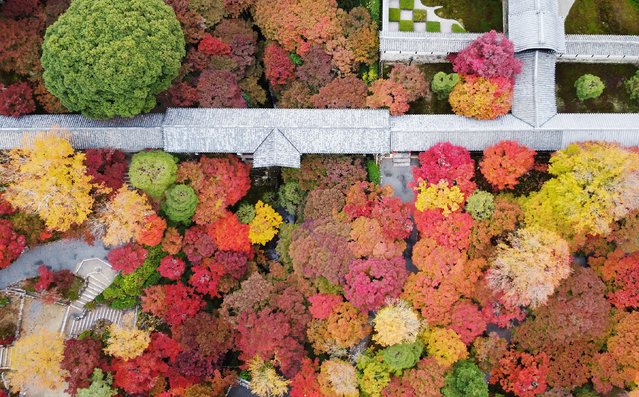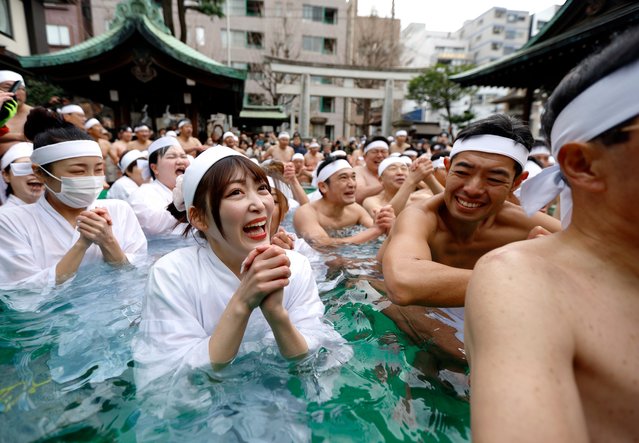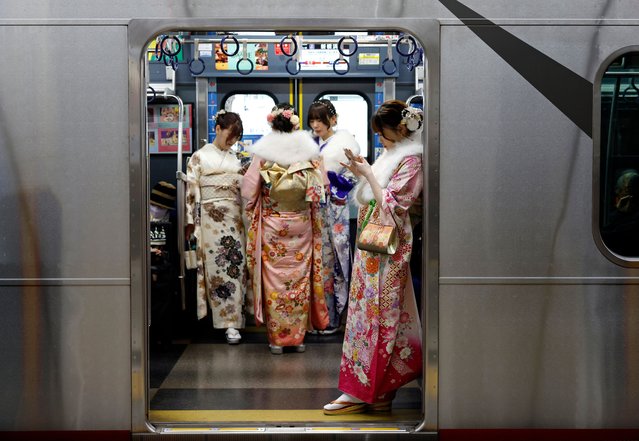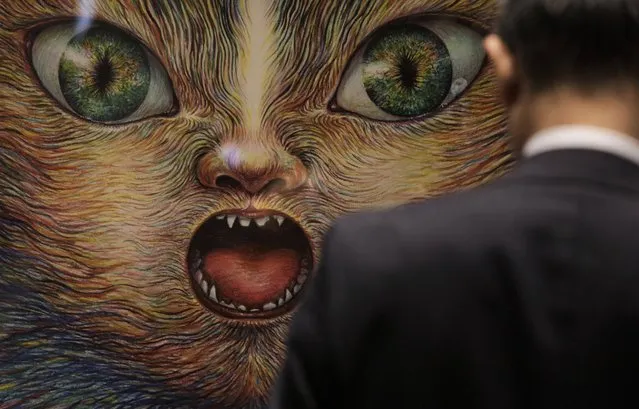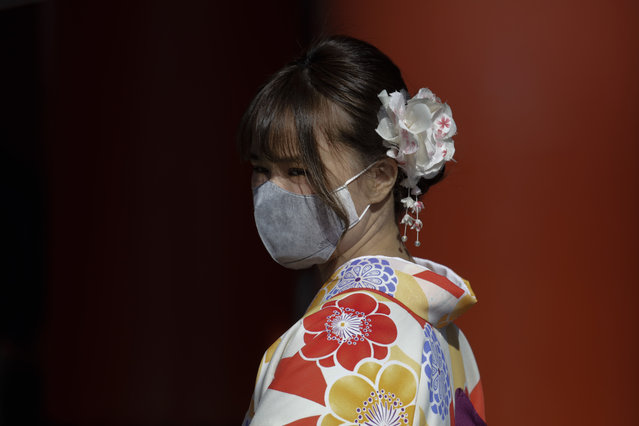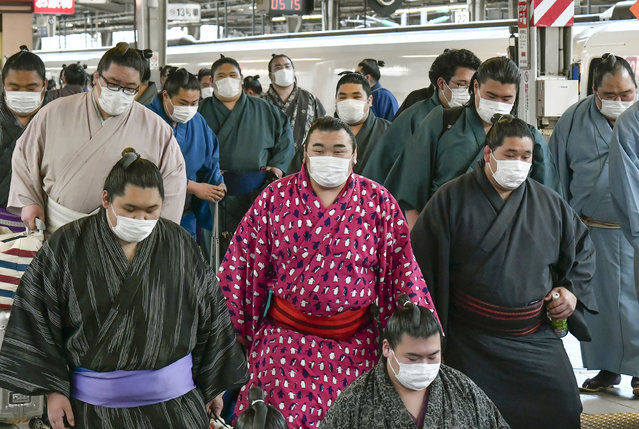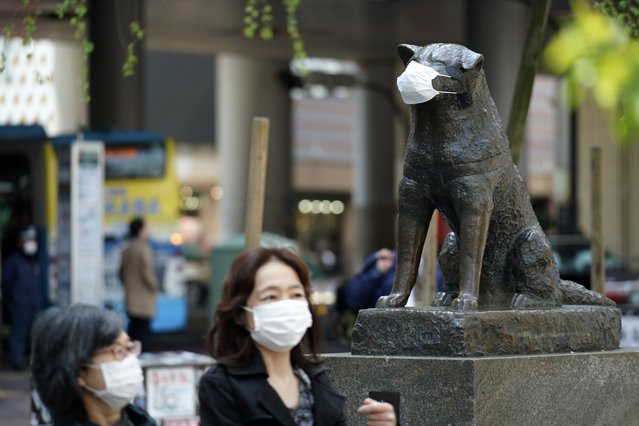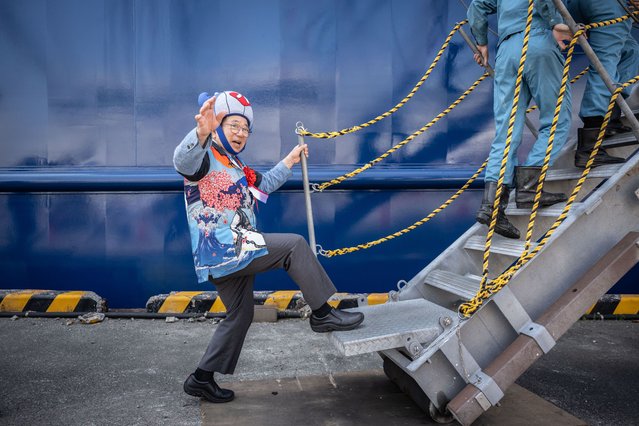
Hideki Tokoro, president of whaling company Kyodo Senpaku, boards Japan's new whaling mothership, the Kangei Maru, following the ship's launch ceremony at a port in Shimonoseki city, Yamaguchi prefecture on May 21, 2024. The nearly 9,300-tonne ship set sail on its maiden hunting voyage on May 21, heralding a new era for the controversial practice defended by the government as an integral part of national culture. (Photo by Yuichi Yamazaki/AFP Photo)
31 May 2024 04:28:00,post received
0 comments

